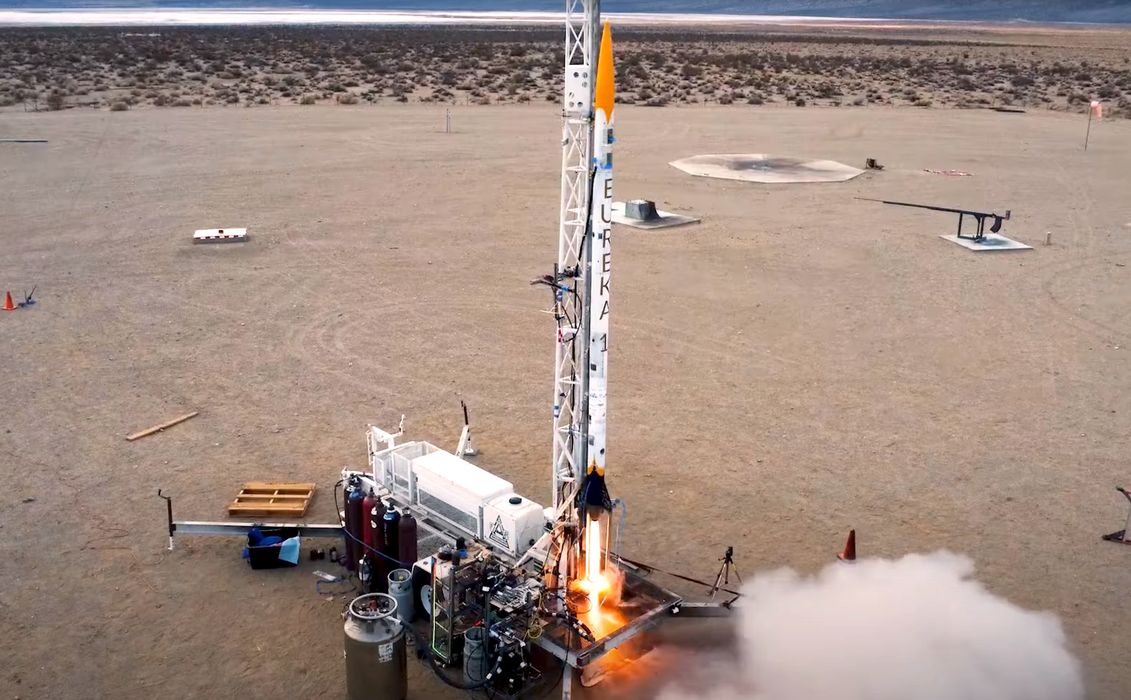
Students at UC Berkeley have launched a large rocket containing a number of 3D printed components.
“Space Enterprise Berkeley” is a student rocketry club that’s been around since 2016. Members work on rocket projects, as do many similar groups.
Last year they developed “Eureka-1” a sophisticated vehicle that includes a liquid-fueled engine. Liquid fuel is far more challenging to design and operate than the more typical solid fuel approaches. However, liquid fuel engines can be throttled by tuning the pump speeds, whereas solid fuel rockets cannot.
Some of the parts on the Eureka-1 were 3D printed by Protolabs, a large manufacturing service offering 3D print technology. Protolabs explains:
“The team reached out to Protolabs with the idea to 3D print the rocket’s plenum and parachute components with complex geometries that include lattice patterns to lightweight the part while retaining a similar strength-to-weight ratio. Protolabs worked with the team to utilize Selective Laser Sintering and a PA12 40% Glass-filled material, which is a stiff material that offers long term wear resistance.”
Space Enterprise Berkeley’s Low Altitude Demonstrator Program Lead Asa Garner said:
“Designing with lattices and utilizing additive manufacturing allows you to have this very flexible design space that you can parameterize and quickly edit and change according to your constraints. We have a significant section of the bulkhead, essentially the volume in the part that is the lattice space. According to variables that we can change, we can move in our simulation where the pressure comes from, where we’re putting in the bolts, and have that lattice automatically regenerate.”
This more sophisticated rocketry approach required considerable testing, and the Eureka-1 vehicle underwent ten static fires before being launched.
Here’s the video of the launch, and be sure to watch the elation of the students as they witness their own success:
In all, the Eureka-1 flew six times, and reached a peak height of 11,000ft (3350m). That’s not orbital height by any means, but it’s just the start for Space Enterprise Berkeley.
The organization has been testing Eureka-2 to be launched some time this spring. After that, they move on to Eureka-3, their “future spaceshot” rocket.
With so many professional rocket companies now heavily leveraging 3D printing, it is no surprise that a student group takes the same path. Inevitably they will do much more, and so will others who follow them.
Via Space Enterprise Berkeley and Protolabs
